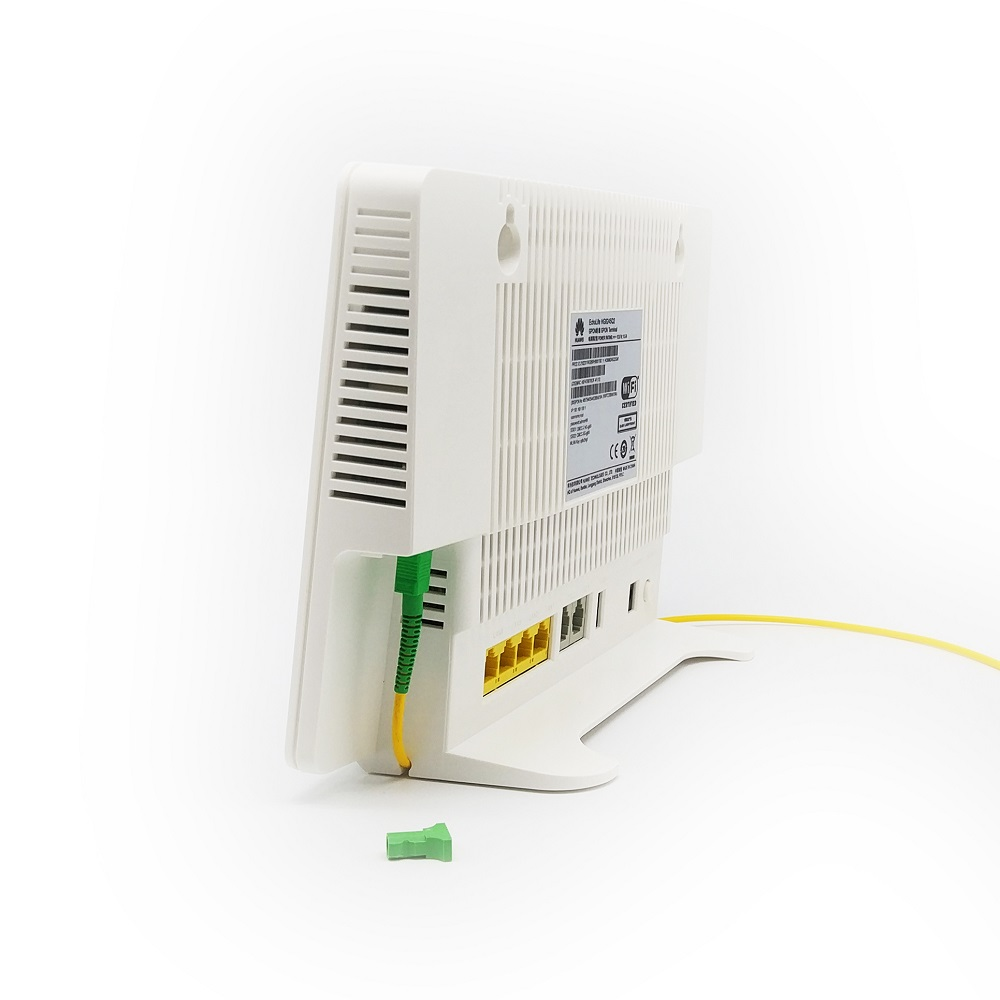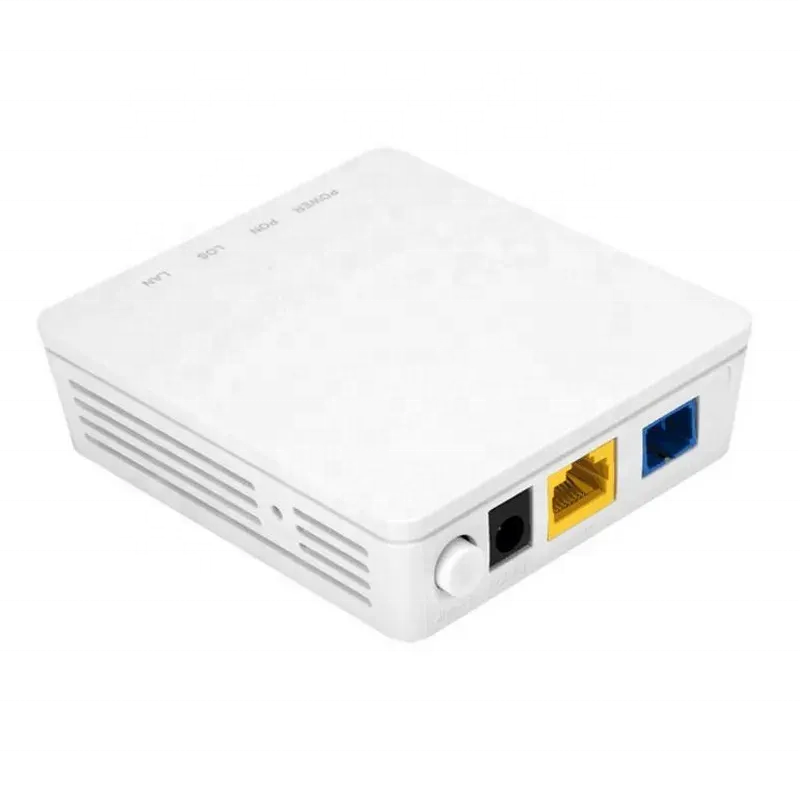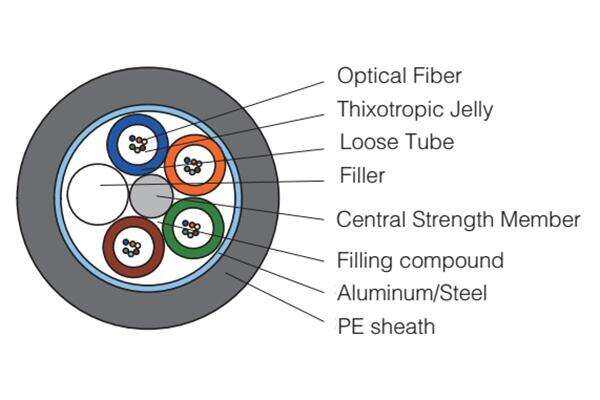prețul cablului de fibra optică ftth
Prețurile cablurilor de fibra optică FTTH reprezintă o considerație crucială în implementarea infrastructurii moderne de telecomunicații. Structura de cost include diverse factori, cum ar fi calitatea fibrei, cerințele de instalare și specificațiile de lungime. Aceste cabluri, concepute pentru aplicații Fiber-to-the-Home, prezintă proprietăți optice avansate care permit transmiterea datelor la viteză ridicată pe distanțe mari cu pierderi minime ale semnalului. Punctele de preț reflectă de regulă construcția cablului, care include o funda exterioară protectivă, elemente de rezistență și mai multe nucleuși de fibru proiectate pentru performanță optimală. Cablurile FTTH moderne incorporează tehnologie rezistentă la încovoierile și caracteristici de durabilitate îmbunătățite, făcându-le potrivite atât pentru instalații aeriene, cât și subterane. Cadrele de preț țin cont de diferite numere de fibre, rangându-se de la configurații cu un singur nucleu până la cele multi-nucleu, oferind soluții scalabile care să răspundă diferitelor scenarii de implementare. De asemenea, costul ține cont de conformitatea cablurilor cu standarde internaționale și compatibilitatea lor cu infrastructura existentă a rețelei. Producătorii oferă adesea diferite grade de cabluri FTTH, fiecare cu puncte de preț specifice care reflectă capacitățile lor de performanță și aplicațiile prevăzute. Prețurile de pe piață țin cont și de inovații precum stabilitatea îmbunătățită a conexiunilor, rezistența la condițiile meteorologice și viitorul prelungit al operării, făcând din aceste cabluri un investiment pe termen lung în infrastructura de telecomunicații.


